It's no secret that humans can be unfaithful. Cheating on your partner is a tale as old as time. But it turns out, it might just be an animal thing. Humans aren't the only ones who step outside the relationship or get themselves into situationships. Monogamy in the animal world is just as complicated as it is in ours. Check out ten animals whose relationships stray away from the idea of a soulmate, and their excuses.

Dolphins
Dolphins are highly social and intelligent, and also extremely flirty. Male dolphins often form coalitions to “herd” females, who in turn may mate with multiple partners as a way to gain social favor or protect themselves from aggression. It’s political and full of power plays
 © Getty
© GettySwans
People think that Swans mate for life, but behind their serene exterior is a lot of drama. Genetic studies of black swans have shown that 10–17% of cygnets (average 15.1%) result from extra-pair copulations (aka cheating). But it's a two-way street: females sneak off to diversify the gene pool, and males often try to pass their genes to multiple nests.
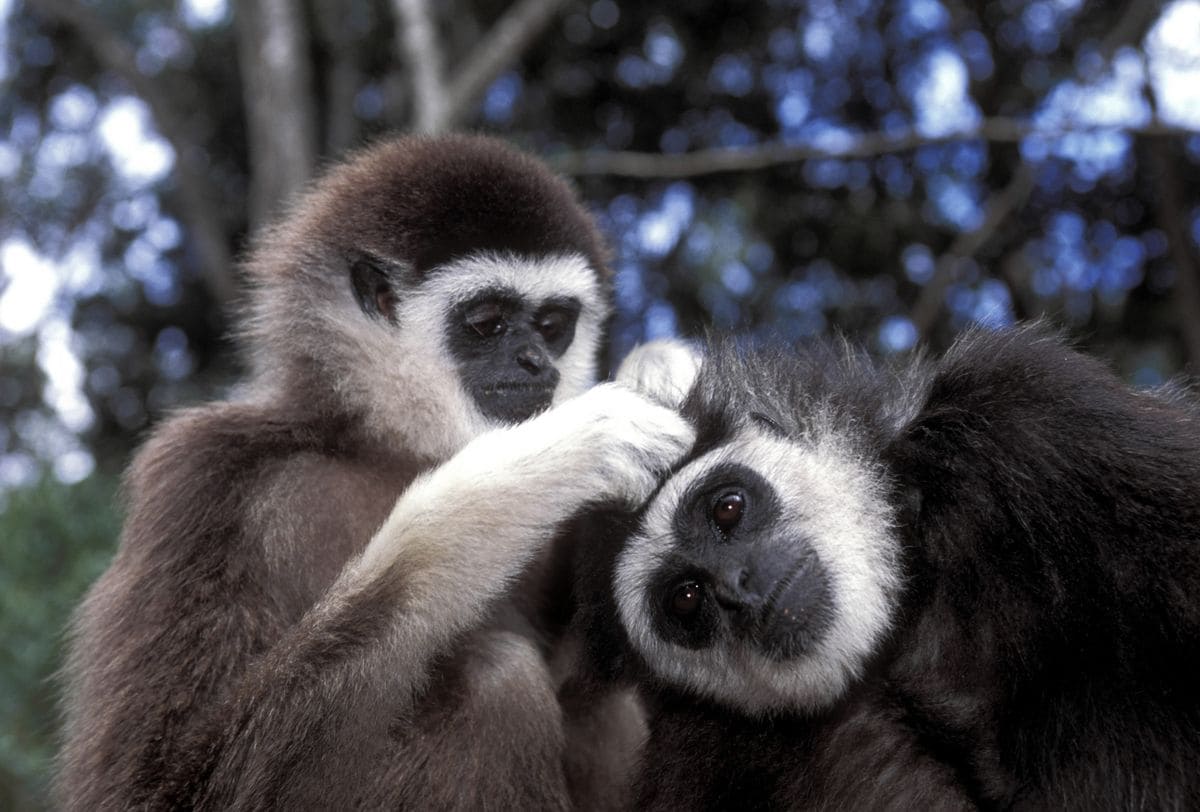 © Getty
© GettyGibbons
Once celebrated as one of the rare monogamous primates, gibbons had a solid PR run. But newer research says that's not the case. Some gibbons stray from their partners and even form new “marriages” if a better option shows up. It's not so much cheating as it is social climbing.
 © Layne Kennedy
© Layne KennedyAlbatrosses
Albatross pairs reunite year after year, sometimes over decades, with dramatic, choreographed courtship dances. But while they are emotionally monogamous, around 17% of chicks are from “extra-pair” matings. Females sometimes hook up with genetically superior males outside the pair bond, even if they return to their original mate afterward.
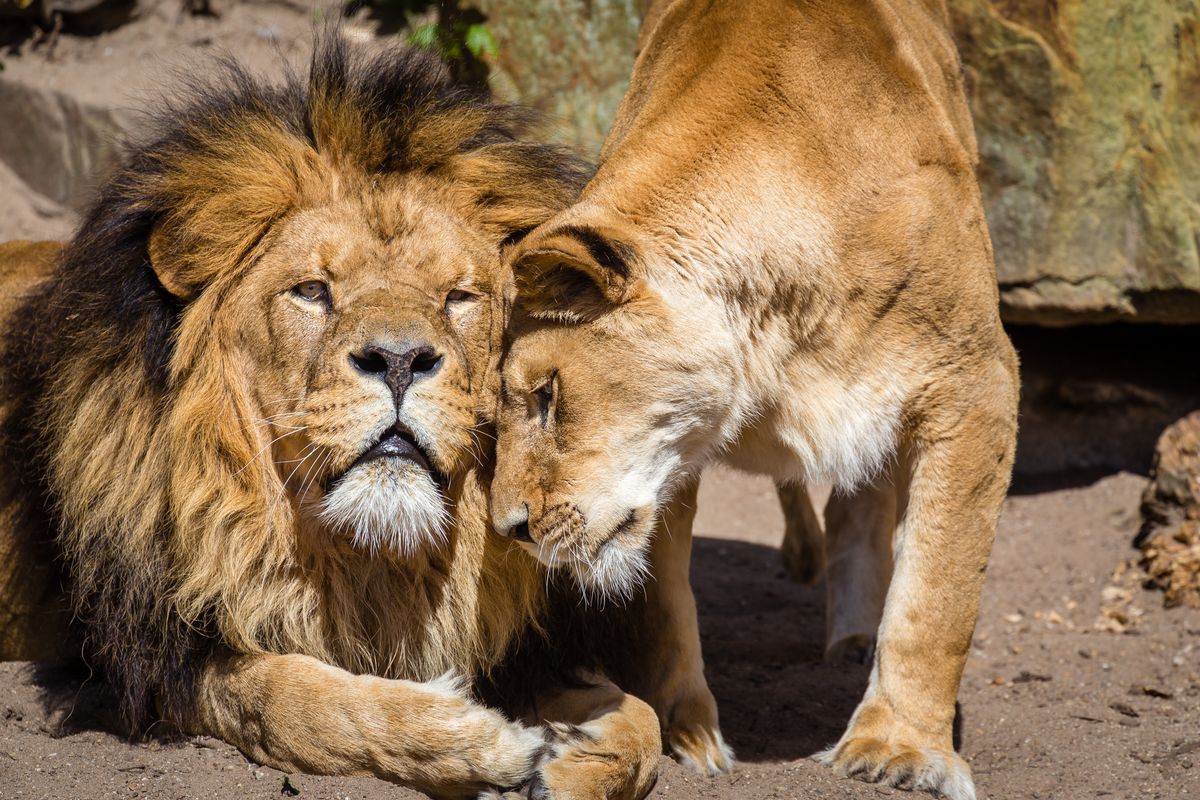 © Getty
© GettyLions
Female lions in a pride will mate with multiple males - even within hours, as a strategy to confuse paternity. If the males aren’t sure which cubs are theirs, they’re less likely to commit infanticide (which is a real threat when new males take over a pride). It’s less about loyalty and more about survival.
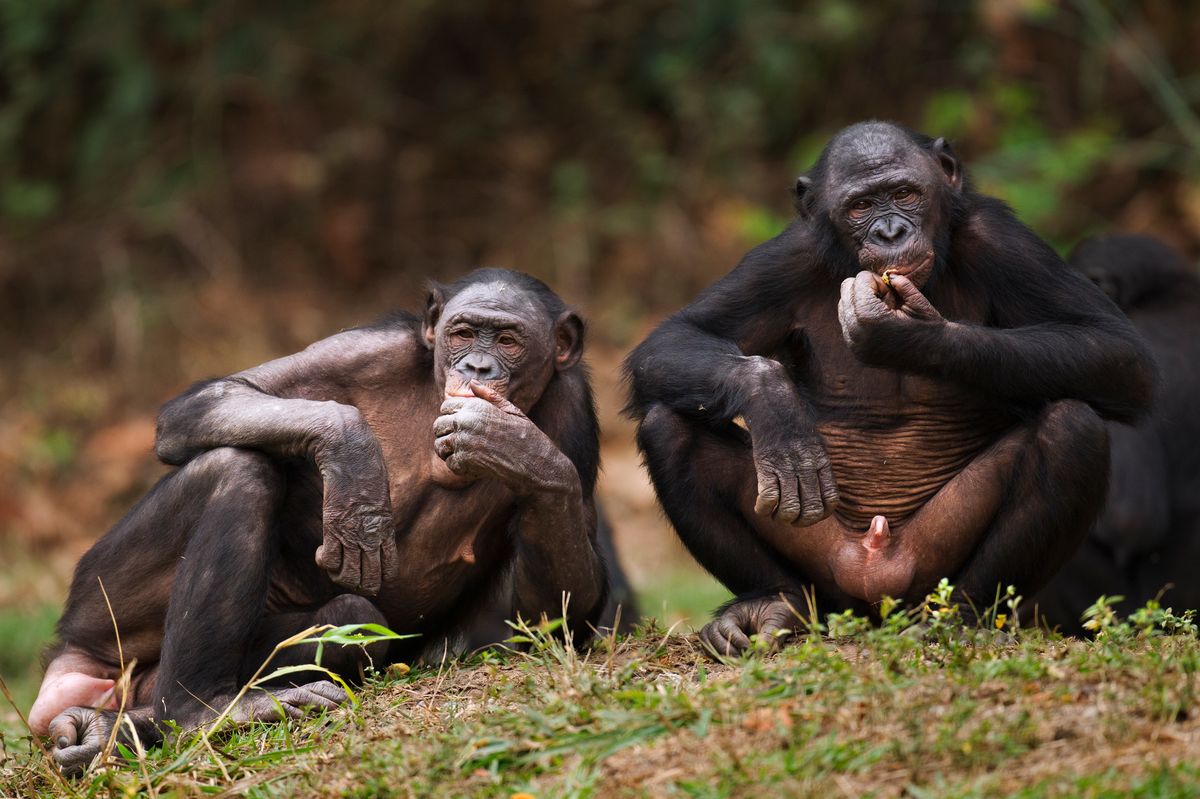 © Getty
© GettyBonobos
Bonobos are one of our closest primate relatives, and they use sex for everything: conflict resolution, bonding, and status-building. Monogamy is not even on the menu. Their sexual behavior is constant and non-exclusive, across genders and social ranks.
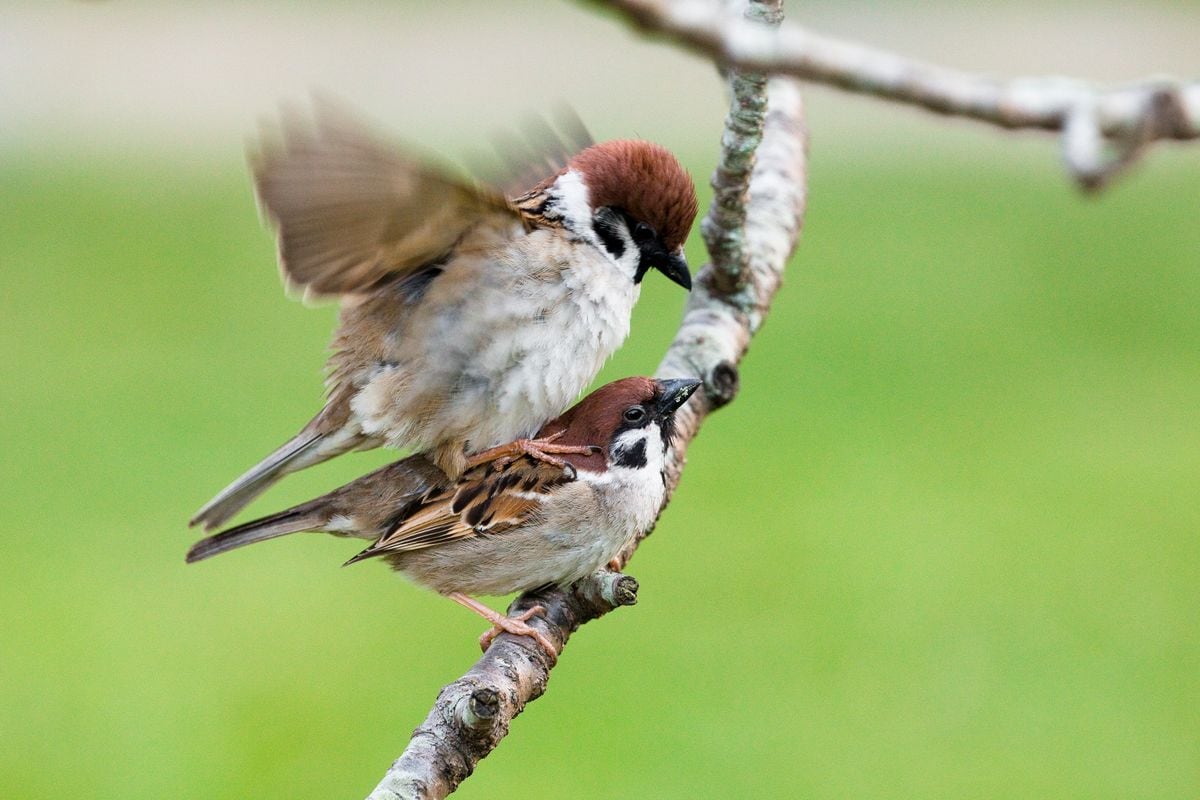 © masahiro Makino
© masahiro MakinoSparrows
House sparrows look like wholesome little backyard birds, but about 10%–30% of their chicks are fathered by someone outside the pair. Males are constantly guarding their mates, while females sneak off for a quick genetic upgrade.
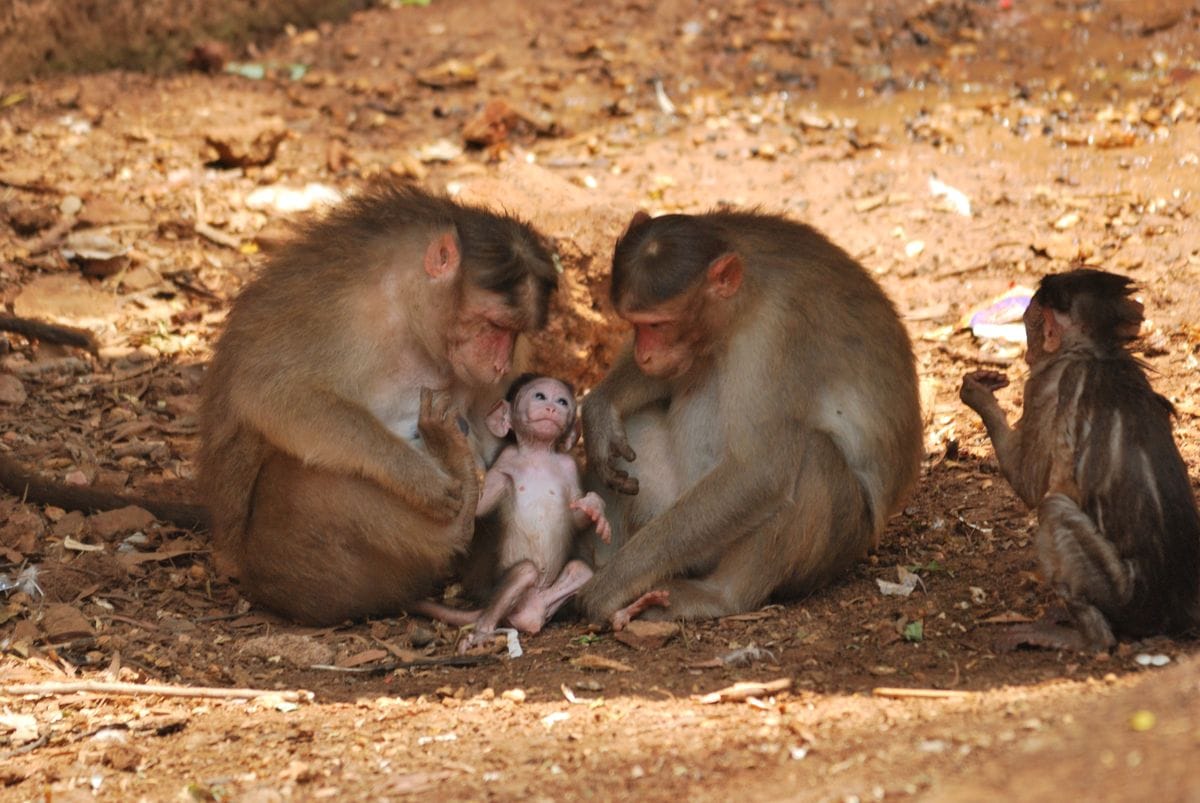 © Getty
© GettyBaboons
Alpha males usually monopolize mating opportunities in baboon troops, but females are sneaky. They often engage in secret matings with lower-ranking males, sometimes building friendships first. It’s a form of quiet rebellion and insurance in case the alpha doesn’t stick around.
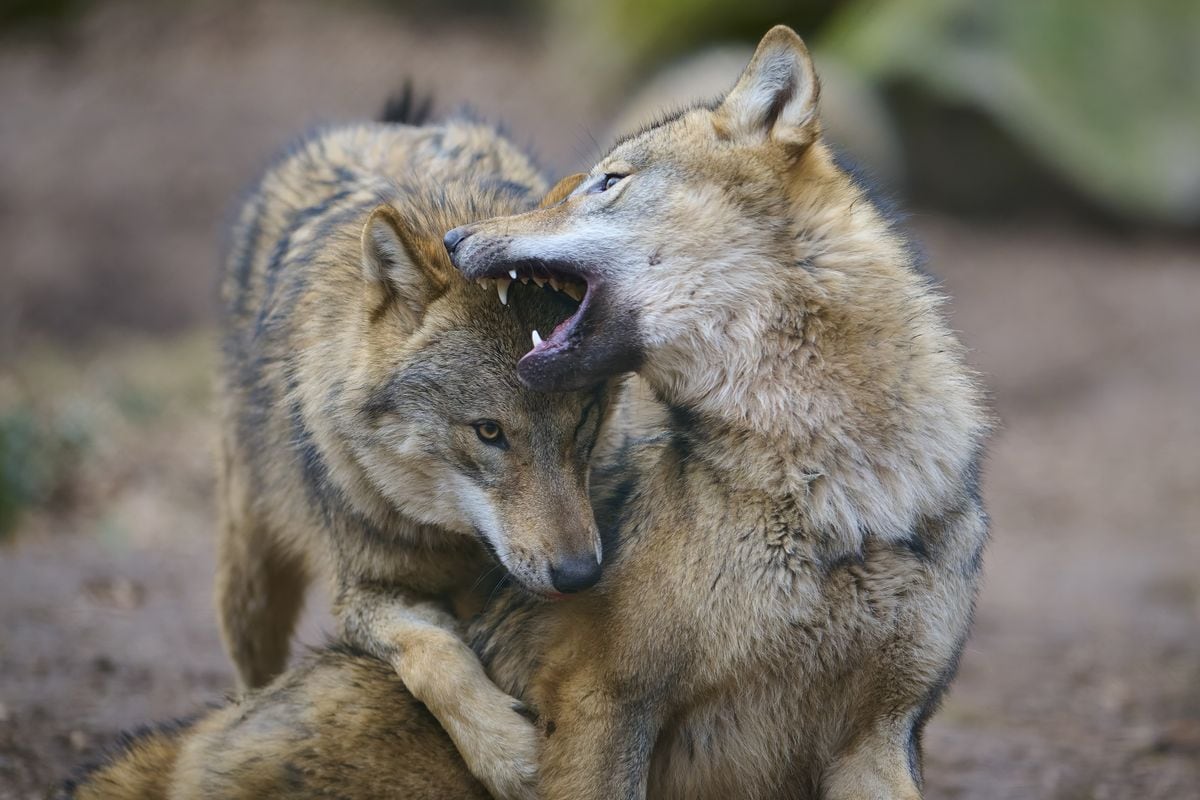 © imageBROKER/Raimund Linke
© imageBROKER/Raimund LinkeWolves
Wolves are one of the more monogamous mammals, with alpha pairs typically staying together for years. But even in these tight-knit packs, researchers have documented rare cases of “cheating,” especially when subordinate wolves try to rise in rank or pass on their genes under the radar.
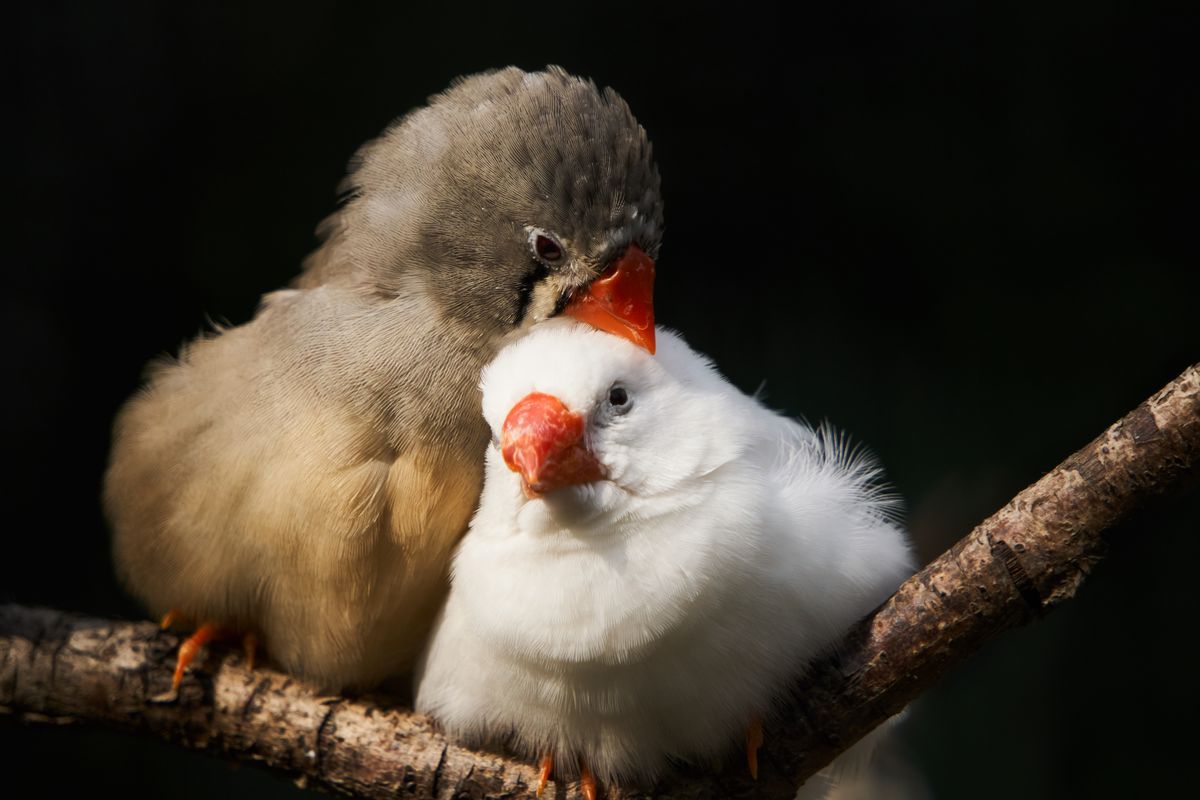 © ViewStock
© ViewStockZebra Finches
Zebra finches are often used in studies of monogamy because they form long-term pairs. But they also have affairs. In lab conditions, females sometimes leave their assigned partners to flirt or even mate with more attractive males.



![Michael Jordan and Yvette Prieto take their family to Croatia aboard a $150M superyacht [PHOTOS]](https://www.hola.com/us/horizon/square/8497ab3a3a8c-bkgmjypc250625010.jpg)
